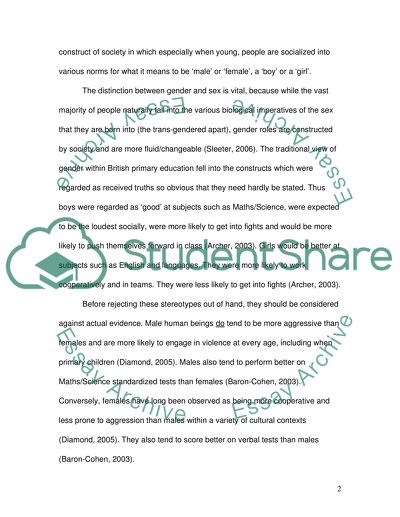Cite this document
(“Educational achievement and attainment Essay Example | Topics and Well Written Essays - 2250 words”, n.d.)
Retrieved from https://studentshare.org/education/1508187-educational-achievement-and-attainment
Retrieved from https://studentshare.org/education/1508187-educational-achievement-and-attainment
(Educational Achievement and Attainment Essay Example | Topics and Well Written Essays - 2250 Words)
https://studentshare.org/education/1508187-educational-achievement-and-attainment.
https://studentshare.org/education/1508187-educational-achievement-and-attainment.
“Educational Achievement and Attainment Essay Example | Topics and Well Written Essays - 2250 Words”, n.d. https://studentshare.org/education/1508187-educational-achievement-and-attainment.


